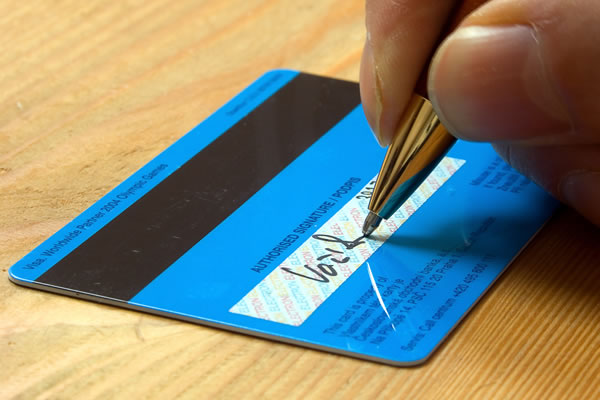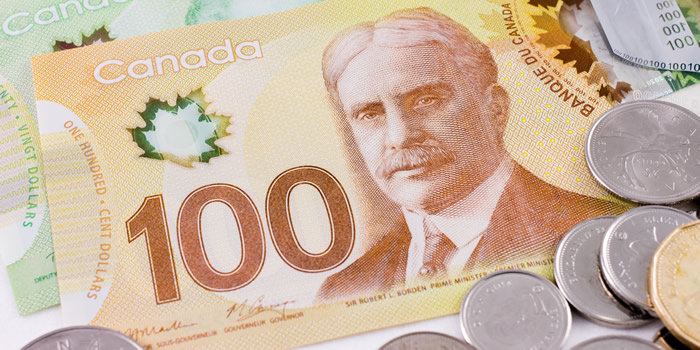
Although credit cards may have evolved a lot over the years, cardholders are still required to sign the back of credit cards. While most people sign without giving it much thought, have you ever stopped to think why you’re asked to sign on the reverse side of your credit card? With a string of high-profile credit card breaches in the news – most recently at The Home Depot – security is top of mind for many cardholders.
Why You Should Sign Your Credit Card
There’s one simple reason you should sign the back of your credit card: it’s required. Take out any credit card from your wallet and flip it over to the reverse side where the signature box is found. On most cards you’ll find, “Not valid unless signed” below the signature box. Underneath that you’ll find: “By signing or using this card, you agree to the terms and conditions under which it is issued.”
By not signing the back of your credit card, you could be in breach of your cardholder agreement. You may not receive the same protection as cardholders who sign their credit card. Benefits many cardholders take for granted like zero-liability protection and extended warrantees, may not be there for you when you need them most.
Misconceptions About Credit Card Signatures
There are many misconceptions out there about credit card signatures. Some believe that by signing the back of their credit card, it makes them more vulnerable to identity theft. Some cardholders are worried if their credit card is lost or stolen, fraudsters will be able to copy their signature and forge their name on credit applications and cheques.
Many cardholders don’t understand the true purpose of their signature. Your signature isn’t supposed to be a secret password like your PIN. It’s not difficult for someone to obtain a copy of your signature; it’s found everywhere from cheques to credit card receipts. The difficulty lies in accurately reproducing your signature in a timely-manner on receipts. Although a fraudster may be able to trick a cashier who fails to examine the signature, the cardholder most likely won’t be on the hook if the charge is disputed and the signatures compared.
Shortcoming of Credit Card Signatures
A few years ago, cardholders were required to sign for all brick-and-mortar purchases – that all changed with the introduction of Chip-and-PIN credit cards. With Chip-and-Pin credit cards, instead of swiping your credit card and signing a receipt, cardholders insert their credit card and enter their four-digit PIN.
Not only are Chip-and-PIN transactions more secure, they’ve helped reduce credit card fraud. If your credit card is lost or stolen, it will be useless to thieves unless they can figure out your PIN (that’s why you should never make your PIN something obvious like your year of birth or house number).
While Chip-and-PIN technology has helped reduce fraud at brick-and-mortar retailers, it doesn’t help much with online purchases. With more Canadians than ever buying stuff on the Internet, credit card fraud has been thriving online. There are so many ways you can fall victim – from phishing scams to keylogger viruses. Unfortunately, Chip-and-PIN technology doesn’t offer any added protection online – with the lack of a point of sale device, all you have to do is enter your credit card number and the three or four-digit security code on your back of your card and your purchase is approved.
Even if you have a Chip-and-PIN credit card, something you still have to rely on the old fashioned way of swiping and signing the receipt. When you make a purchase with your credit card, the cashier is supposed to verify your signature on the receipt against the signature on the back of your credit card. Unfortunately, many cashiers fail to do this. If your credit card is not signed or says “see ID,” the cashier has every right to refuse it.
The Bottom Line
Although credit card signatures aren’t as significant as they once were, it’s still important to sign the back of your card. As mentioned, on the back of most credit cards you’ll find “Not valid unless signed.” There are plenty of ways to protect yourself from fraud, but not signing your credit card isn’t one of them.




